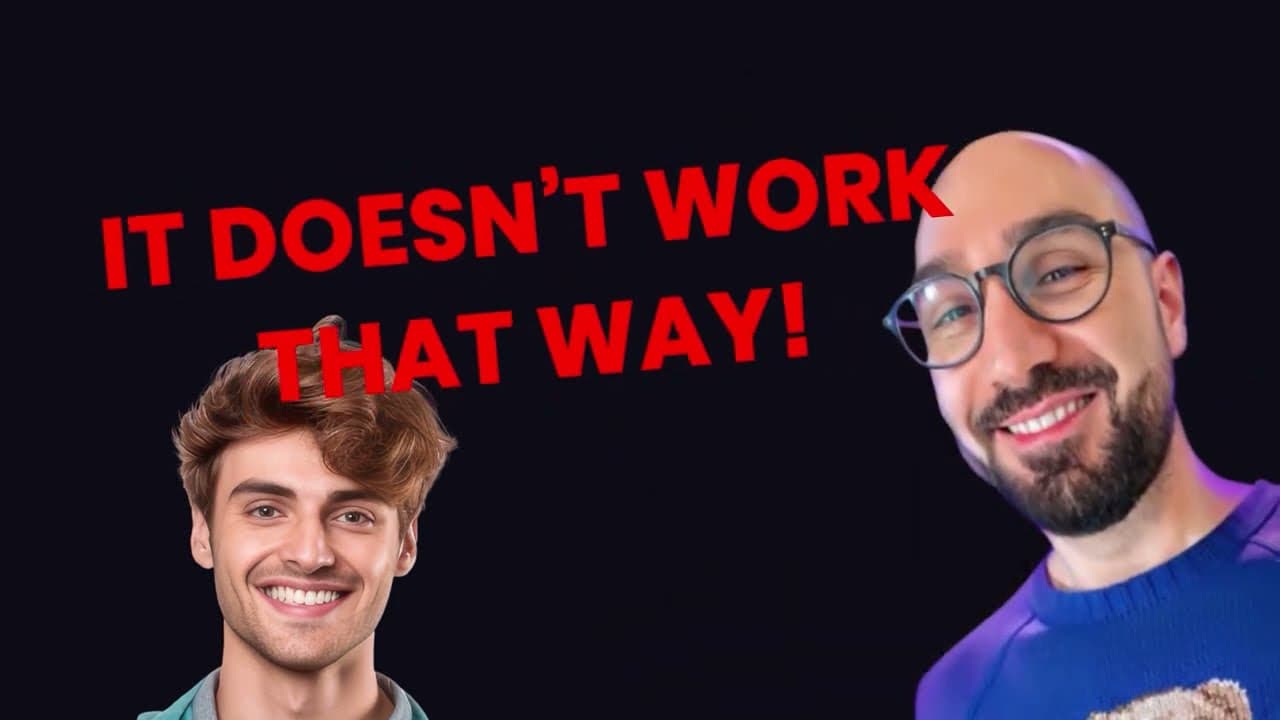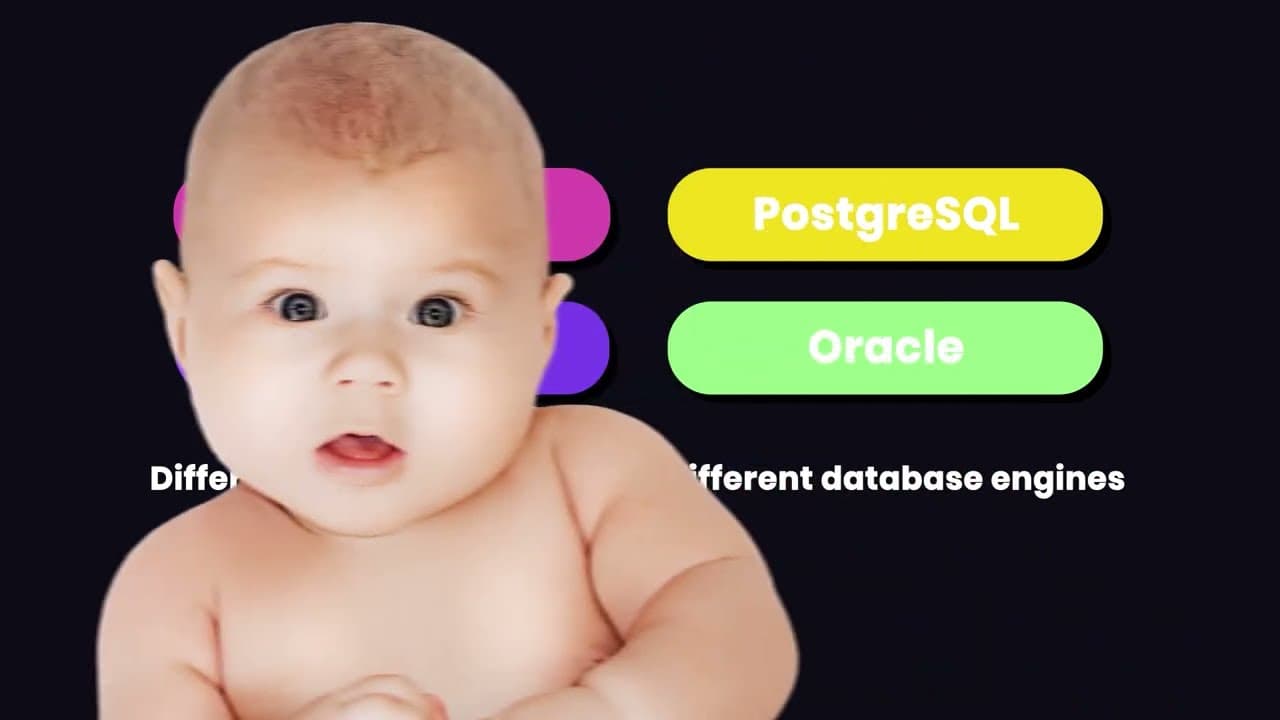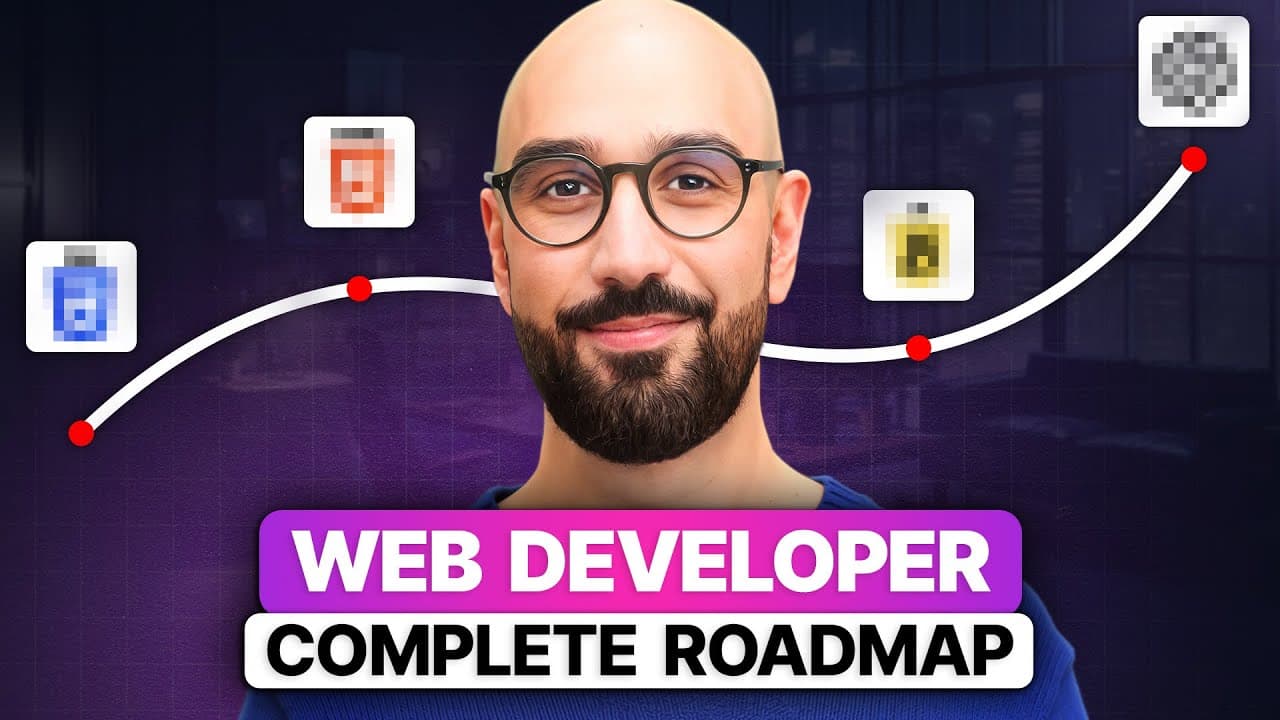Starting My Journey in Web Development
I never imagined that diving into web development would open up such a world of opportunities, but as I began exploring the essential skills, I realized how crucial it is to build a strong foundation to avoid future pitfalls and land that first job.
TL;DR
I chose to start with backend development for a solid programming base, making it easier to understand the hidden mechanics of web apps.
Mastering one language like Python helped me grasp tools and problem-solving, while avoiding the overwhelm of learning multiple options at once.
Diving into data structures and design patterns revealed the core principles that make backends reliable, preparing me for real-world challenges and interviews.
Shifting to frontend, I tackled HTML, CSS, and JavaScript, turning static pages into interactive experiences that brought my projects to life.
With consistent practice over months, I built the skills to apply for entry-level roles, blending backend depth with frontend creativity for a competitive edge.

When I decided to become a web developer, I learned that the field splits into frontend, backend, and full stack development. Frontend focuses on what users see and interact with, like websites in browsers or apps on phones, while backend handles the behind-the-scenes work such as data processing and storage. I chose to start with backend because it builds a strong foundation in programming and problem-solving, making the transition to frontend smoother rather than leaving it as a mystery.
For backend development, the first skill I tackled was picking a programming language. Options like JavaScript, Python, Ruby, Java, C, and Go exist, but I stuck to one after researching job opportunities in my area. Python became my choice due to its simple syntax, ideal for beginners, though JavaScript is great for full stack work and Java for large-scale applications. I dedicated two months to learning it, spending 3 to 5 hours daily on concepts and coding, which helped me avoid the common mistake of juggling multiple languages without mastering their ecosystems.
Next, I picked up Git, a version control system essential for tracking code changes and collaborating. It's not a language but a tool that follows the 80/20 rule—most of the time, I only needed basic features. With a week or two of practice, I got comfortable. Then came data structures and algorithms, which I knew were fundamental from computer science basics. I spent one to two months on these, as they're crucial for problem-solving and tech interviews at companies like Google, ensuring I didn't skip ahead and regret it later.

Design patterns followed, offering proven solutions to common problems, drawn from classic resources. These patterns, used in frameworks like Spring or Django, deepened my understanding of object-oriented principles. I dedicated a couple of months to them, using modern examples to see how they apply today. Databases were next, with relational ones like MySQL for structured data and NoSQL like MongoDB for flexibility. I focused on MySQL first, learning SQL in about a month to handle queries and transactions effectively.
Finally, for backend, I learned a web framework based on my language—Python's Django, for instance. These frameworks handle routing, security, and APIs, allowing communication between frontend and backend. With my programming and database knowledge, I grasped it in two months, feeling ready for entry-level jobs after about a year of effort.
Shifting to frontend, I started with the core languages: HTML for structuring pages, CSS for styling, and JavaScript for interactivity. HTML was straightforward, taking a week or two, while CSS helped me create responsive designs in 2 to 4 weeks. JavaScript was the real challenge, introducing programming logic like algorithms and user interactions, which I managed in about two months of consistent practice.

I then moved to TypeScript, building on JavaScript for more robust code, which I learned in 2 to 3 weeks. UI frameworks like React became my focus next, requiring a solid JavaScript base to handle components effectively. I spent two months on React, building projects to stand out in a competitive field. Additional skills like Sass for efficient CSS, Tailwind for quick styling, and automated testing with Jest further boosted my profile, each taking a few weeks to learn.
Meta frameworks like Next.js added an edge for advanced React projects, which I mastered in 4 to 6 weeks. Overall, frontend skills took about six months with practice, combining them with backend knowledge for a well-rounded approach.
Reflecting on this journey, I've gained not just technical skills but a deeper appreciation for how frontend and backend interconnect, setting the stage for future growth in web development.
Key Takeaways
Starting with backend builds a strong programming foundation, easing the path to frontend mastery.
Focus on one language and essential tools like Git to avoid overwhelming yourself early on.
Mastering data structures, algorithms, and design patterns is crucial for problem-solving and job interviews.
Frontend relies on HTML, CSS, JavaScript, and frameworks like React, with additional skills like testing enhancing competitiveness.
Consistent daily practice over 6 to 12 months can prepare you for entry-level web developer roles.

